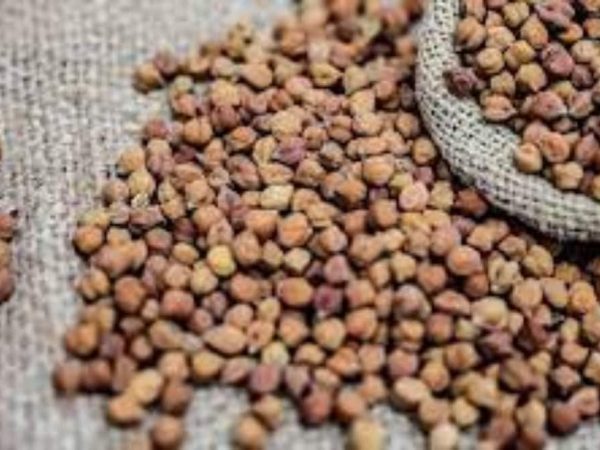Capex-led growth to kickstart investment; agri, infra, consumption sectors attractive | LIC MF INTERVIEW
The Union Budget 2021 helped fuel Dalal Street to 9% rally in the previous week, and the benchmark indices continued to trade near fresh all-time highs. Diving into the fine-print of Nirmala Sitharaman’s third budget, Yogesh Patil, Fund Manager – Equity, LIC Mutual Fund tells Kshitij Bhargava of Financial Express Online, where he sees opportunities now. Patil explains how investors should look at valuations and discusses positive triggers for PSU banks after the Budget. Here are the edited excerpts.
What sectors look the most attractive to you post the budget?
Will infrastructure be a big theme to be played in the next few months now?
Infrastructure got significant focus in the budget with the coverage being broad-based, across road, rail, shipping, power to name a few. When infrastructure sees an uptick it has a multiplier effect in the economy spurring economic growth. We welcome this move of capex-led growth which would kickstart the investment cycle and could then spread to multiple sectors – Cement, Auto, BFSI, Metals, and Capital Goods. While we refrain from commenting on stock-specific ideas, businesses which are scalable, having a clear competitive advantage and capital efficiency would be where our focus will stay.
Banks look strong after the Union Budget; is it the time to now closely watch PSU banks?
Proposal to set up an Asset Reconstruction Company (ARC) & Asset Management Company (AMC) to consolidate and take over the existing stressed debt of public sector banks will help clean up their books, which have high levels of provisioning on their stressed assets, which were created over the last couple of years. Overall, this will help PSU Banks focus on funding new growth at the margin.
What negative triggers do you spot for equity markets post the Union Budget?
Abnormally high levels of net market borrowing programme (Rs12trn) could lead to pressure on bond yields. Furthermore, divestment targets are still aggressive. We need to watch out if this is achievable this year, unlike the past few years.
Valuations have been a worry for some investors; how should they look at high valuations right now?
Firstly, we would like to advise investors to take attention away from index levels. An investor should have clarity about the investment objective in terms of time horizon, specific financial goals to be met. It should be complemented with their understanding of where they stand on risk-taking ability and appetite. This will give clarity about how an individual can plan optimal asset allocation.
Only after undertaking the above exercise one should look at investing savings into individual stocks. Asset allocation is the most critical factor in determining the investment outcome. For individual stocks, we would avoid being simplistic. One should not change the investment philosophy based on index levels. Sticking to your asset allocations and disciplined investment process is key to avoid taking undue risks beyond risk appetite.


Recent Comments